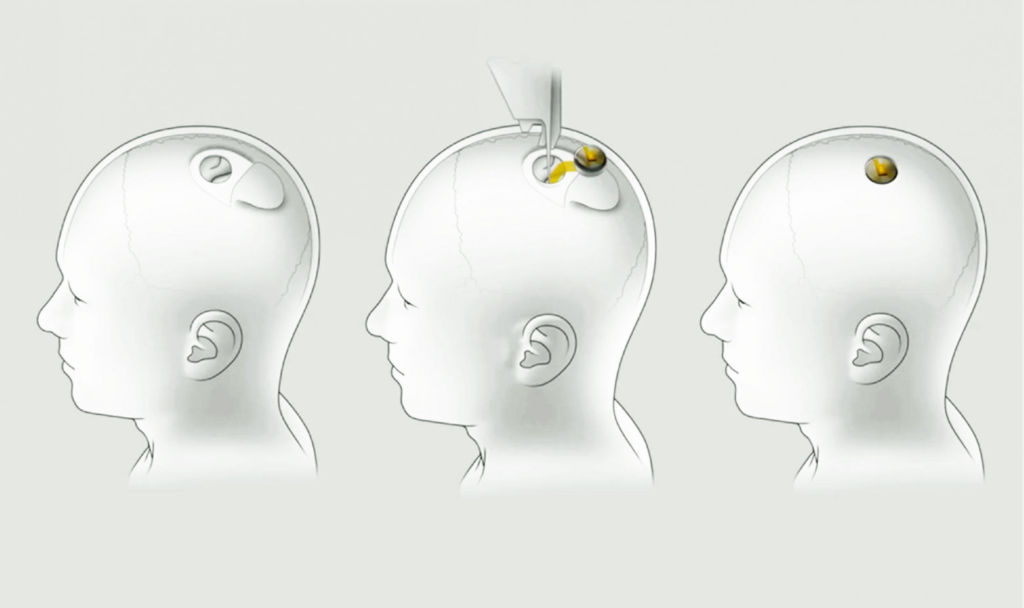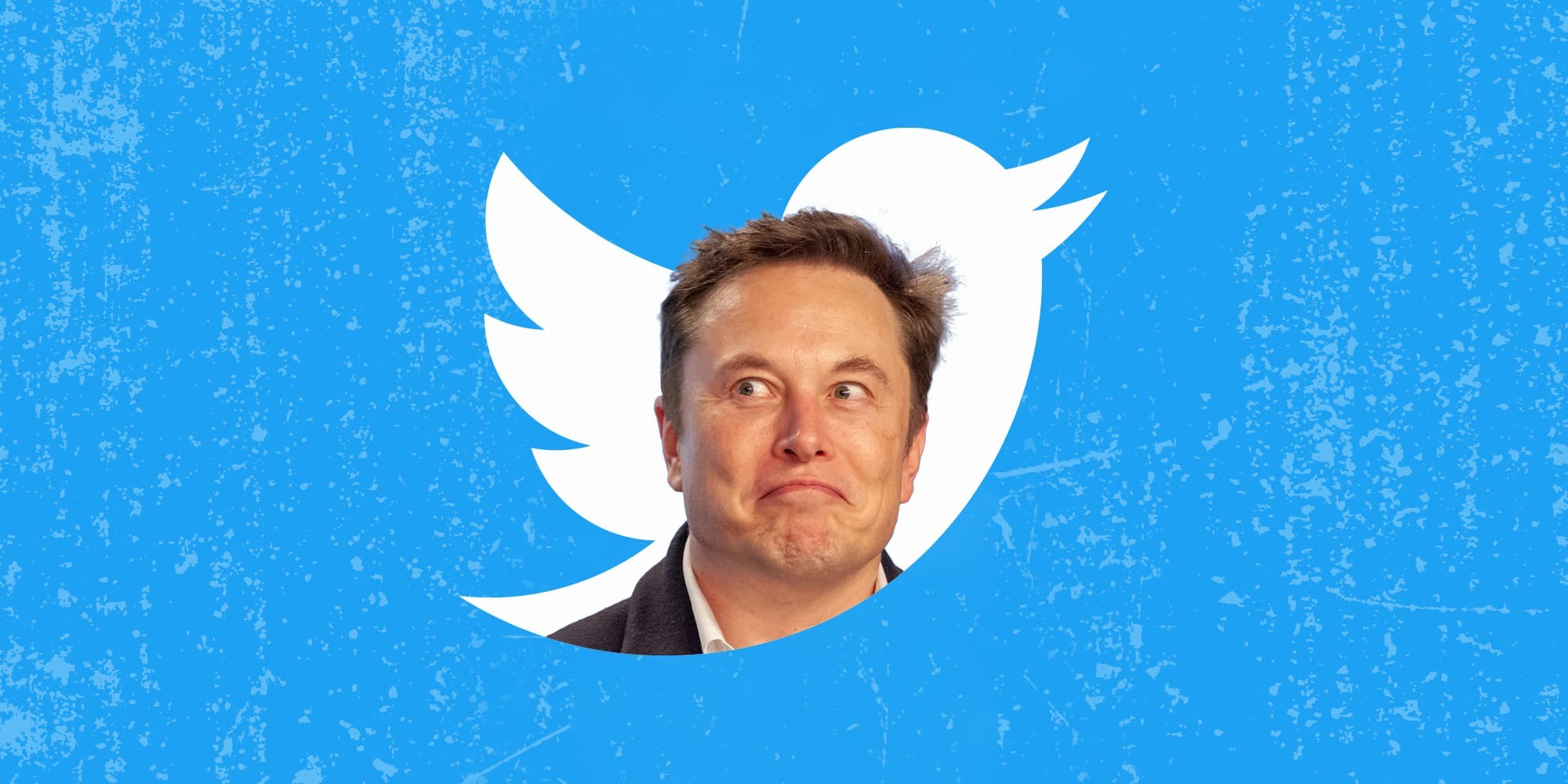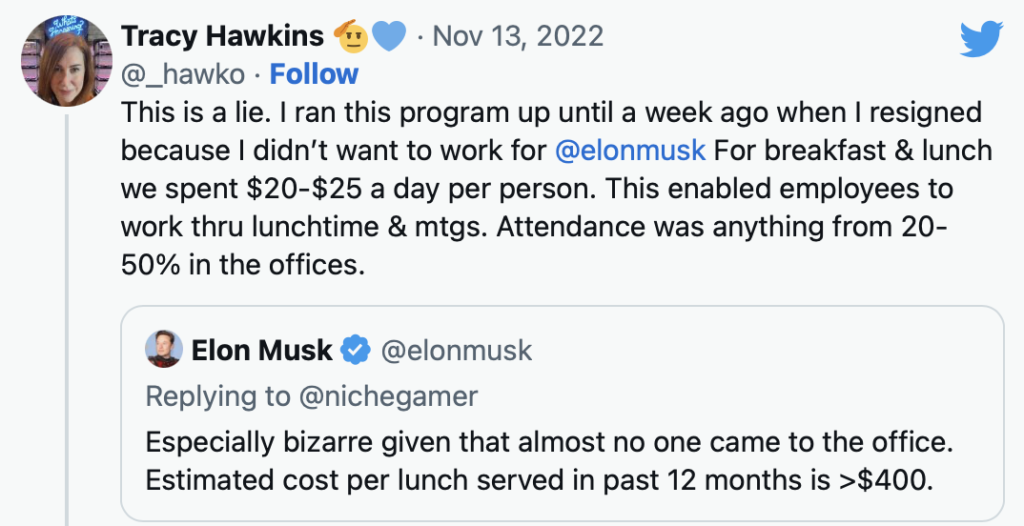
Neuralink is a neurotechnology company founded by Elon Musk in 2016 to develop implantable brain-machine interfaces. The company aims to create devices that can be implanted in the human brain, allowing for a direct connection between the brain and a computer. This technology has the potential to revolutionize the way we interact with technology and could have a wide range of applications, from medical treatments for neurological disorders to enhancing human capabilities[1].
The chip Neuralink is developing is about the size of a coin and would be embedded in a person’s skull. From the chip, an array of tiny wires, each roughly 20 times thinner than a human hair, fan out into the patient’s brain. The wires are equipped with 1,024 electrodes, which are able to monitor brain activity and, theoretically, electrically stimulate the brain. The chip transmits this data wirelessly via the chip to computers, where researchers can study it [3].
The company’s primary goal is to assist individuals with paralysis in regaining independence through the control of computers and mobile devices. The devices are designed to facilitate easy communication through text or speech synthesis, internet exploration, and the expression of creativity through various mediums such as photography, art, and writing [1].
The development of Neuralink technology has raised concerns about potential dangers. Improper implantation of the device could lead to infections and inflammation in the brain, increasing the risk of developing conditions such as Alzheimer’s.Additionally, there have been allegations of animal cruelty and claims that monkeys used to test the device died as a result of the brain chips. Furthermore, the U.S. Department of Transportation is investigating Neuralink over the potentially illegal movement of hazardous pathogens, which could cause serious health issues in infected humans. These concerns highlight the need for thorough evaluation and regulation to ensure the safety and ethical use of this emerging technology[5].
Although Neuralink may be the most recognizable, a handful of other companies are also working on brain implants and grappling with common problems such as safety, longevity, and what they can get the implant to do. Two former Neuralink employees have started their own BCI ventures [2]
The potential impact of AI and Neuralink on knowledge management is significant. With a high bandwidth brain-machine interface, we will have the option to go along for the ride. These drastic changes in the ways we will learn and communicate in a world where Elon manages to achieve his vision for Neuralink have many implications for the way we work, especially for knowledge workers [4]
In conclusion, Neuralink technology has the potential to revolutionize the way we interact with technology and could have a wide range of applications, from medical treatments for neurological disorders to enhancing human capabilities. Although the technology is still in development, it has already garnered significant attention and could have a significant impact on the future of technology and human capabilities.
[1]https://www.findlight.net/blog/neuralink-technology/
[2]https://www.wired.com/story/all-the-actually-important-stuff-neuralink-just-announced/
[3]https://www.businessinsider.com/neuralink-elon-musk-microchips-brains-ai-2021-2?IR=T
[4]https://blog.re-work.co/neuralink-and-the-future-of-ai/
This blog post was made with perplexity ai
Image was generated with Dalle 3
Some of the prompts I’ve used:
Write a techblog post about neuralink technology
write a techblog post paragraph containing concerns about the dangers of neuralink technology















/cdn.vox-cdn.com/uploads/chorus_image/image/71634864/1243763348.0.jpg)




